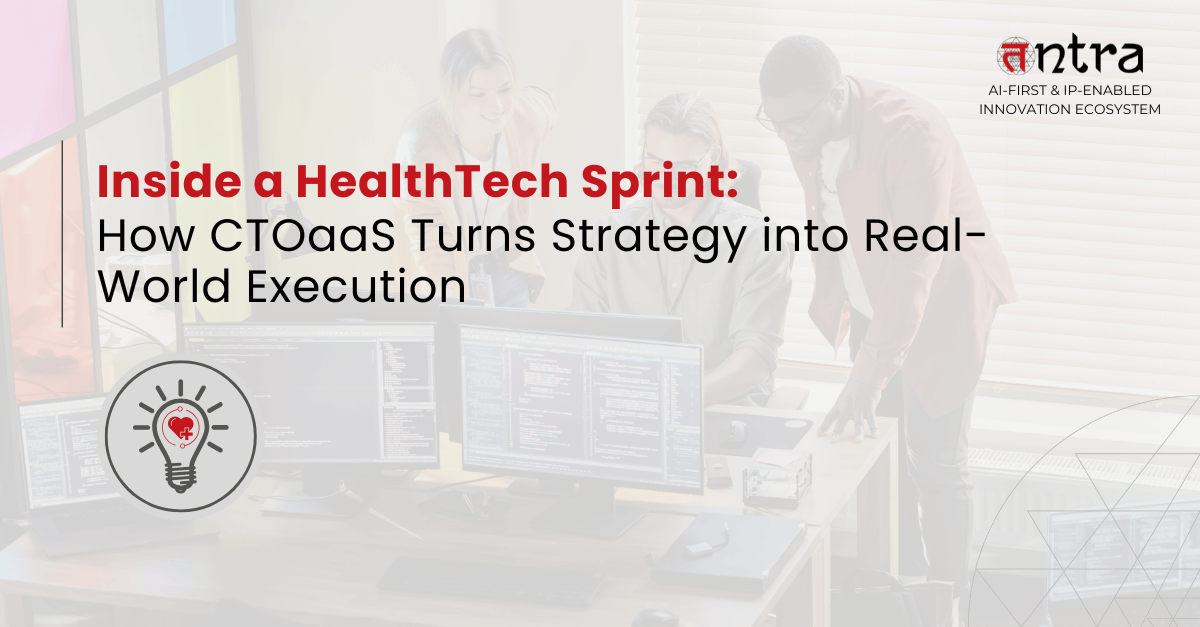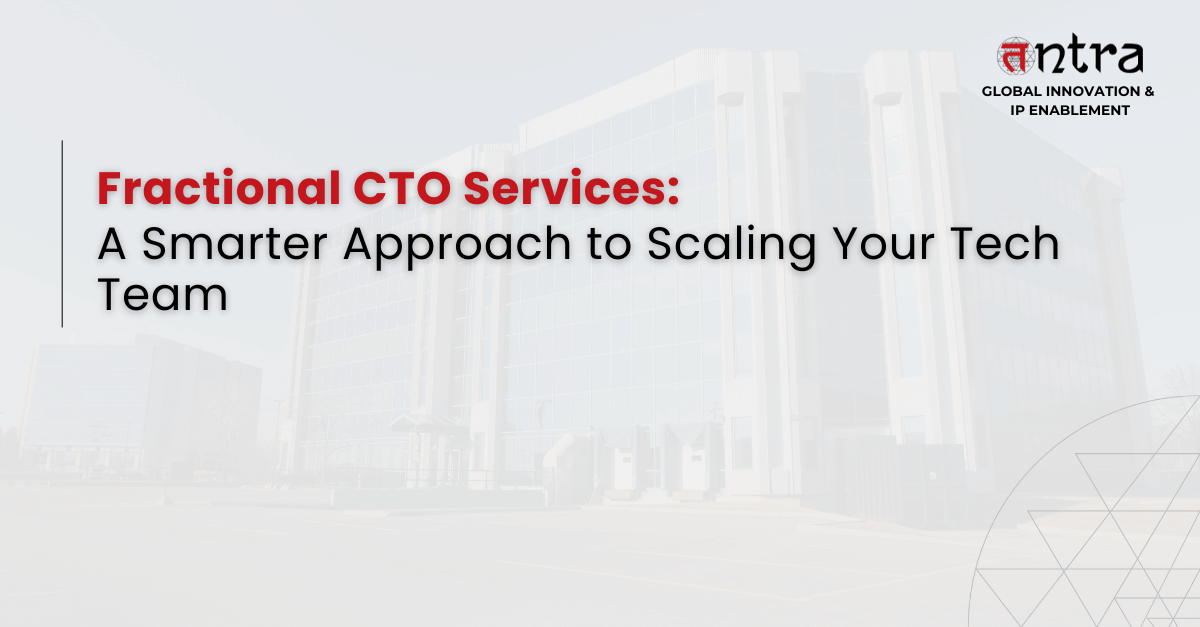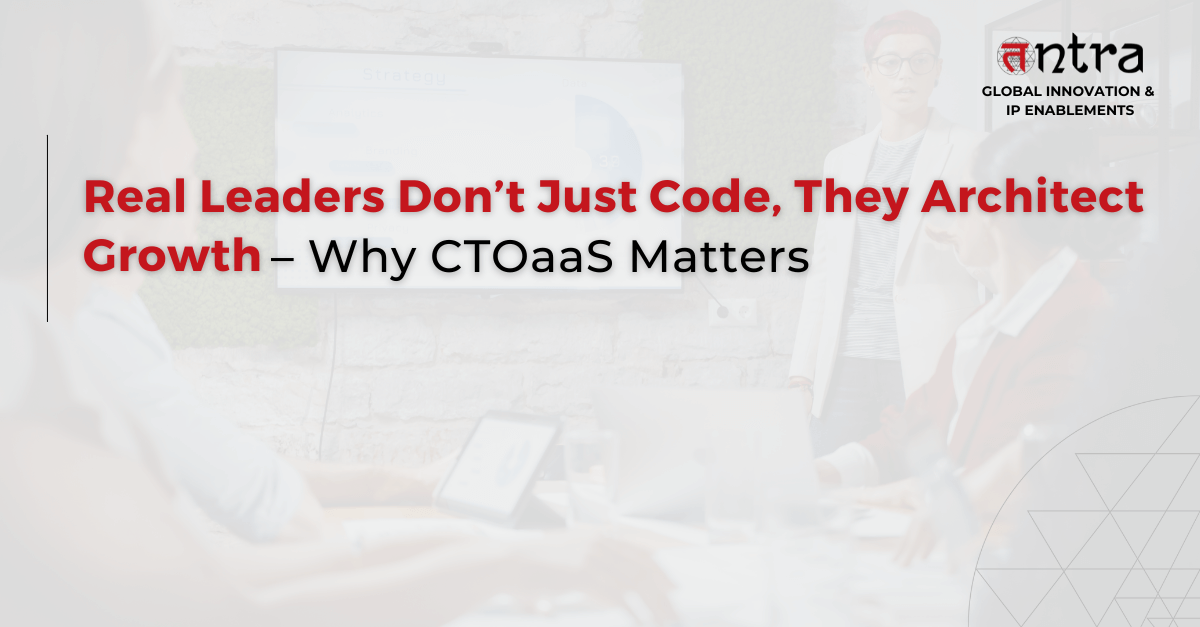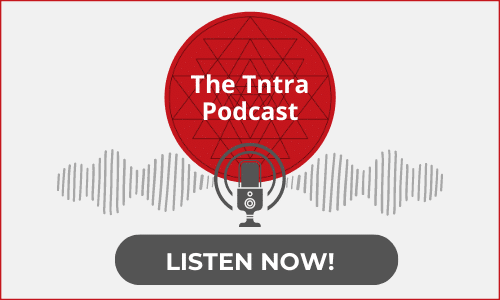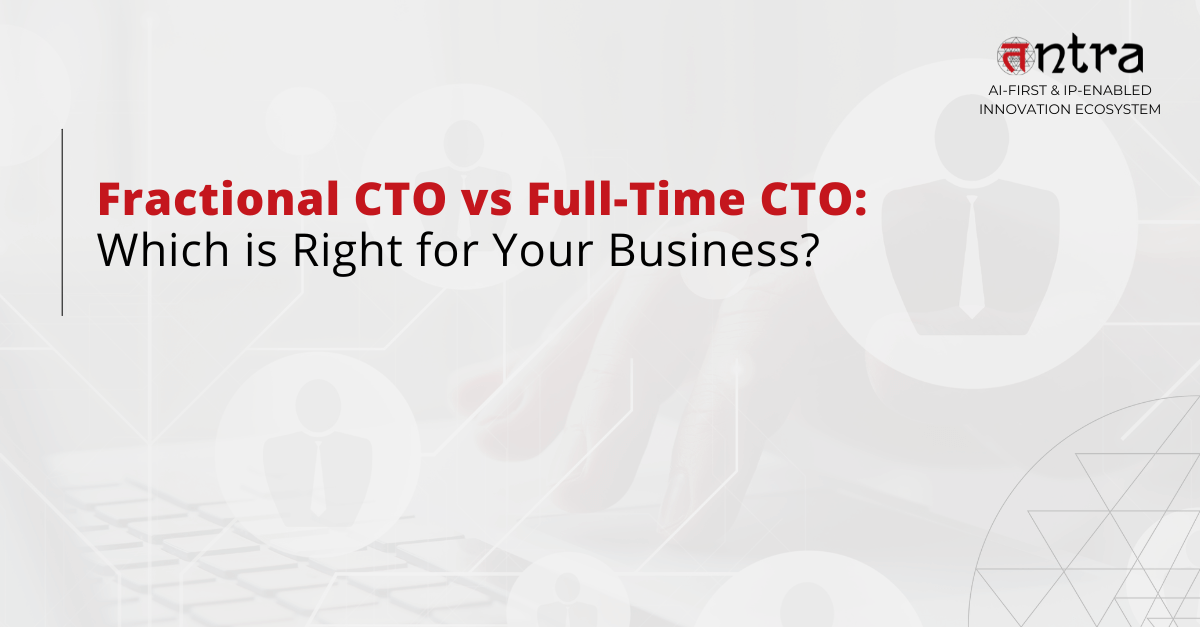
Fractional CTO vs Full-Time CTO: Which is Right for Your Business?
Table of Contents
ToggleThis article dives deep into the Fractional CTO vs Full-Time CTO debate, offering a clear explanation of costs, responsibilities, pros, and cons. From startups building MVPs to scaling companies seeking leadership, it explores when to choose fractional or part-time CTO services, and when to invest in full-time tech leadership. With real-world scenarios, CTO cost comparisons, and actionable insights, it’s your go-to guide to finding the right Chief Technology Officer-as-a-Service or permanent CTO fit for your growth stage. Continue reading to learn more.
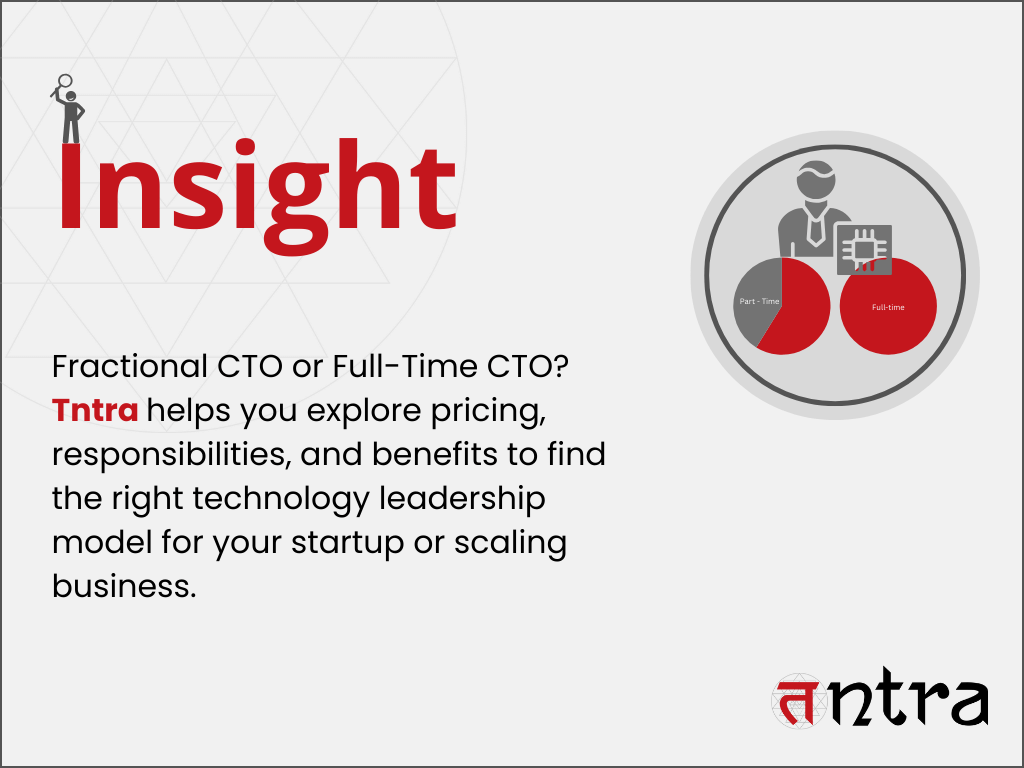
Your Business is Growing — But is Your Tech Leadership Growing With it?
Whether you’re building a product from scratch, scaling rapidly, or just trying to manage your evolving tech stack, one truth becomes clear fast:
You need a Chief Technology Officer.
But here’s the question smart founders and CEOs are asking in 2025:
Should I hire a Full-Time CTO, or explore Fractional or Part-Time CTO Services instead?
This isn’t just about cost—though that’s a big part of it. It’s about flexibility, expertise, and alignment with your growth stage. In this article, we break down the Fractional CTO vs Full-Time CTO comparison with clarity and real-world insights from working with startups, scale-ups, and innovation-led companies worldwide.
What are Fractional or Part-Time CTO Services?
A Fractional CTO (or Part-Time CTO)—sometimes called Chief Technology Officer-as-a-Service (CTOaaS)—is a professional technology leader who offers expert-level guidance to your company without being a full-time executive.
Think of them as a CTO on demand—without the full-time salary, equity, or long-term overhead. Fractional CTO services help you:
- Define and refine your tech roadmap
- Align technology with business goals
- Hire and mentor your engineering team
- Evaluate vendors, platforms, and architectures
- Make build-vs-buy decisions
- Scale infrastructure and processes
- Communicate tech vision to investors and the board
All of this, without having them on every Slack thread or sprint review.
Full-Time CTO: Responsibilities and Benefits
A Full-Time CTO is a traditional executive hire—embedded in your culture, sitting next to your engineers, and working shoulder-to-shoulder with your CEO. They’re in-house, all-in, and always available.
They typically handle:
- Long-term technology strategy
- People management and hiring
- Security, compliance, and risk
- Investor communication
- Scaling teams, systems, and architecture
- Driving innovation from within
They’re not just tech leads—they’re culture carriers and often co-founders. But they also come with significant cost, time, and onboarding complexity.
CTO Cost Comparison: Fractional CTO vs Full-Time CTO
Let’s talk numbers, because this is where founders start.
| Type | Cost (USD/Year) | Engagement | Equity Expectation |
|---|---|---|---|
| Fractional CTO | $60,000 – $180,000 | ~10–20 hours/week | None or low (0–0.25%) |
| Full-Time CTO | $200,000 – $400,000+ | Full-time | 1–5% (esp. in early-stage startups) |
And that’s not including hiring fees, benefits, stock option dilution, or severance. For early-stage or pre-Series A startups, this difference can make or break your burn rate.
Pros and Cons of Hiring a Fractional CTO
Pros of Hiring a Fractional CTO
- Cost-Efficient, Impact-Heavy: Get executive-level thinking without executive-level salaries—perfect for startups or businesses in transition.
- Faster Onboarding, Faster Results: Most fractional CTOs are veterans who can assess, align, and act fast.
- Strategic Without the Politics: Fractional CTOs don’t get bogged down in internal politics.
- Great for Interim or Transition Phases: Ideal while searching for a full-time hire, scaling your tech team post-funding, or launching your MVP.
Cons of Hiring a Fractional CTO
- Not Always Around: They’re not in the trenches every day.
- Limited Culture Integration: They bring the mindset, but not always the cultural glue.
- Short-Term Thinking Risk: Some fractional leaders are task-focused rather than transformation-focused. Choosing the right person matters more than the model.
Pros and Cons of Hiring a Full-Time CTO
Pros of Hiring a Full-Time CTO
- Embedded Leadership: They build your entire technology culture, not just strategy.
- Vision to Execution: From idea to IPO, a strong CTO owns the tech roadmap and aligns it with business goals.
- Talent Magnet: Top engineers follow respected CTOs, making recruitment easier.
- Accountability & Alignment: Their success is deeply tied to your success.
Cons of Hiring a Full-Time CTO
- High Cost, High Commitment: Salaries, bonuses, equity, and benefits add up fast.
- Time-Intensive Hiring Process: Finding a great CTO can take 6–12 months.
- Risk of Early Burnout or Misalignment: If your vision changes, misalignment can cause leadership churn.
When to Hire a Fractional CTO (or Part-Time CTO Services)
- You’re pre-product or pre-revenue
- You need to validate a tech approach or MVP fast
- You’re not ready to commit to equity or a long hiring cycle
- You want tech strategy + team guidance, not daily oversight
- You’re scaling rapidly and need a short-term boost in leadership
- You’re in transition between CTOs or entering a new market
When a Full-Time CTO Makes Sense
- You’re post-Series A and scaling across teams and geographies
- Tech is your core differentiator
- You need deep product-technology alignment over multiple years
- You’re building an engineering culture from scratch
- You’re preparing for M&A, funding, or IPO
- You want your tech leader to be a strategic co-founder
The Hybrid Model: Start Fractional, Grow to Full-Time
Many successful startups start with a Fractional CTO or CTO-as-a-Service to build the foundation—architecture, roadmap, team structure, and tech stack decisions.
Then they grow their engineering team, launch their MVP, and find product-market fit.
Transitioning to a Full-Time CTO once you’re ready to scale can be seamless, especially if your CTO outsourcing services provider helps hire and onboard the right tech leader.
Real Talk: It’s Not Just About the Role, It’s About the Person
Whether it’s Fractional CTO services or a Full-Time CTO, the wrong hire will cost you more than money—it will cost time, momentum, talent, and investor confidence.
Ask yourself:
- Do they understand your business model?
- Have they solved problems at your scale before?
- Can they communicate with non-technical stakeholders?
- Are they strategic and hands-on when needed?
If you find someone who checks these boxes, the model becomes secondary.
Final Verdict: Matching CTO Services to Your Business Stage
| Business Stage | Recommended CTO Model |
|---|---|
| Idea to MVP | Fractional CTO |
| MVP to PMF (Product-Market Fit) | Fractional or Hybrid |
| PMF to Series A/B | Transition to Full-Time CTO |
| Scaling to Enterprise | Full-Time CTO |
Technology leadership is not optional—it’s your growth engine.
Closing Thoughts: Tech Leadership in the Age of Velocity
We’re living in a time where speed matters—but so do thoughtful architecture, scalable systems, and aligned leadership.
A great CTO—fractional or full-time—doesn’t just build products. They shape companies, connect tech to revenue, and turn vision into value.
So don’t rush the decision. But don’t delay it either.
Because in today’s competitive landscape, the cost of no CTO at all is far greater than choosing the “wrong” one.
Ready to Choose Your Tech Leader?
Whether you’re exploring Fractional CTO services or looking for a CTO as a Service provider, start with clarity.
What does your business need right now—and 12 months from now?Need help navigating the decision? Reach out to us—we’re here to help you choose the right technology leadership model for your stage.
